Local historian: Historical buildings on Exmouth seafront
By Mike Menhenitt 9th Apr 2023
By Mike Menhenitt 9th Apr 2023

Last time we explored the many attractions on the Esplanade that children and adults alike used in days gone by.
Whereas the face of the Esplanade has changed dramatically over the years, some buildings are still there reflecting Exmouth's past.
The clock tower
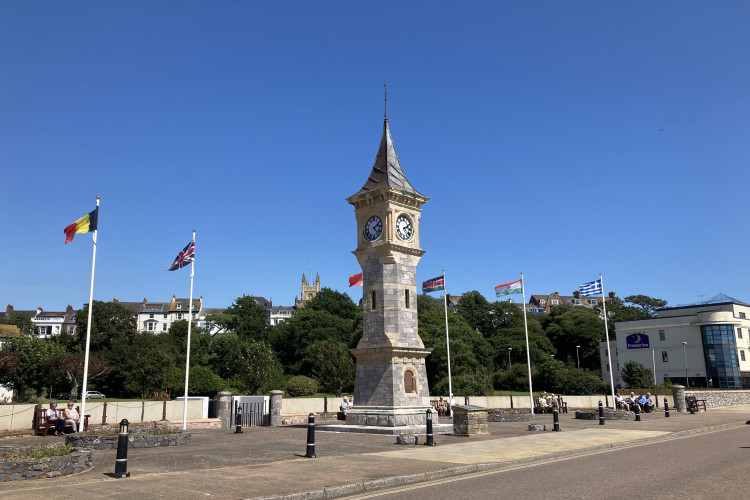
Starting our historical trip along the seafront at the docks end, we see the lovely Morton Crescent on the left until we arrive at the clock tower, which commemorates Queen Victoria's Diamond Jubilee in 1897.
The Hon. Mark Rolle provided most of the £350 it cost and Lady Gertrude Rolle laid the foundation stone on 15 September 1897, with the tower being granted Grade II listing in 1978.
It was originally wound up by a council employee but it is now electric.
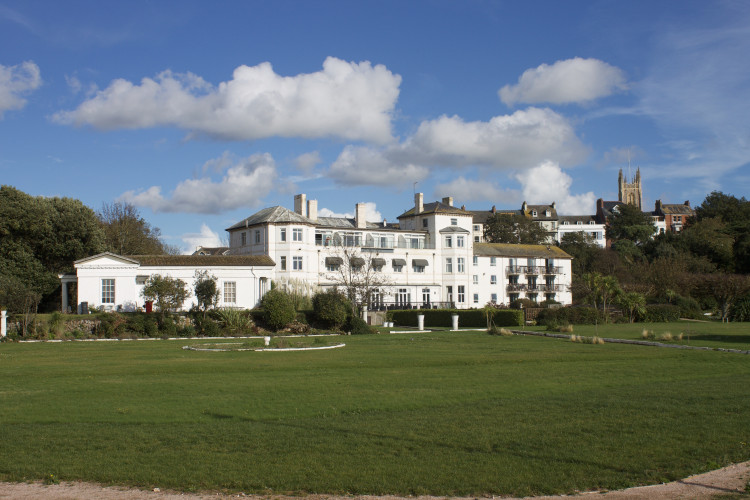
It still looks magnificent gazing out to sea with a backdrop of the flagpoles and the grounds of the Imperial Hotel, which was rebuilt after a fire in 1974.
The winding mechanism lives on at the Exmouth Museum where it is wound daily by stewards and still gives out that soothing tick tock – so why not come and see it!
In the grounds of the hotel is the 1824 reproduction of the Greek Temple of Theseus at Athens. The other one was a copy of Erechtheion which was demolished.
The Elizabeth Hall, now a Premier Inn
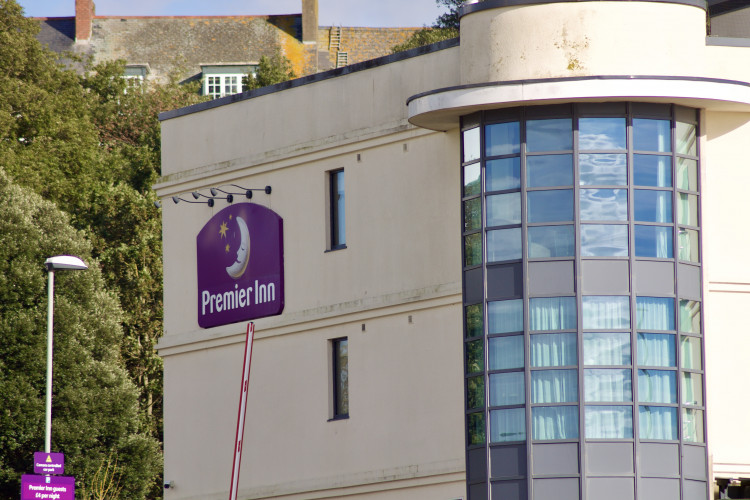
Next on our walk is where the much-loved Elizabeth Hall once stood – now the site of the Premier Inn hotel.
The hall has its origins as the Exmouth Club, which was founded in 1888 and the hall erected in 1890. It was a gentleman's club and extended in 1906.
It closed in 1958, and the council took it over in the early 1970s and in 1980 it reopened as The Elizabeth Hall in honour of The Queen Mother's 80th birthday.
In 2012, the council elected to sell the site to Premier Inn in spite of many protests from the townspeople and The Friends of Elizabeth Hall who wanted to continue to use it for public use.
The site was sold for £1.24 million and the hall was eventually demolished in 2013 to make way for the Premier Inn that stands there now.
The Bath House pub
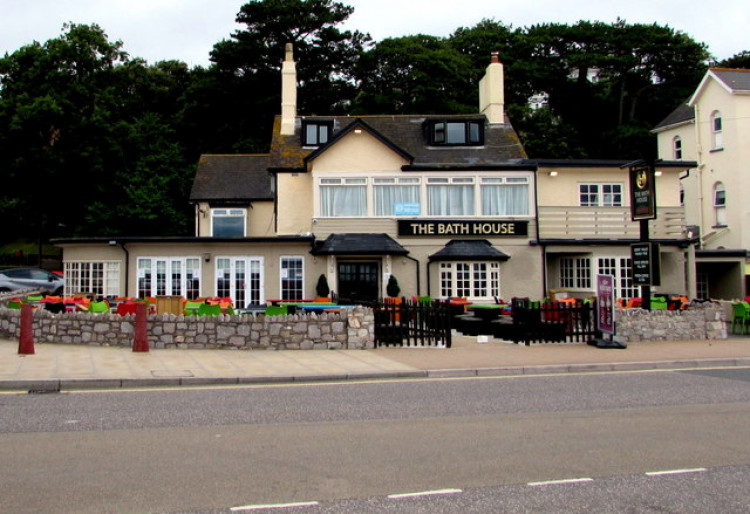
Beside this is the Bath House pub that many people, your historian included, remember as The Deer Leap pub where many young people of all ages (!) flocked to drink, socialise and attend the folk club and other entertainment that took place upstairs.
However, before becoming The Deer Leap it was established as a saltwater bath house as early as 1845 under the supervision of one Thomas Burridge where for 2/6d one could have a hot seawater bath or for 1/shilling a cold one!
In 1947, there were excavations of this site and a well 20 feet deep was discovered under the kitchens which had water of a depth of 8 feet.
Lengths of piping were discovered which led from the house to the sea enabling a direct supply of seawater to be pumped in.
The Bath House was on a site of a much earlier building from about 200 years before it as evidenced by the slates found in the excavations.
Exmouth Pavilion
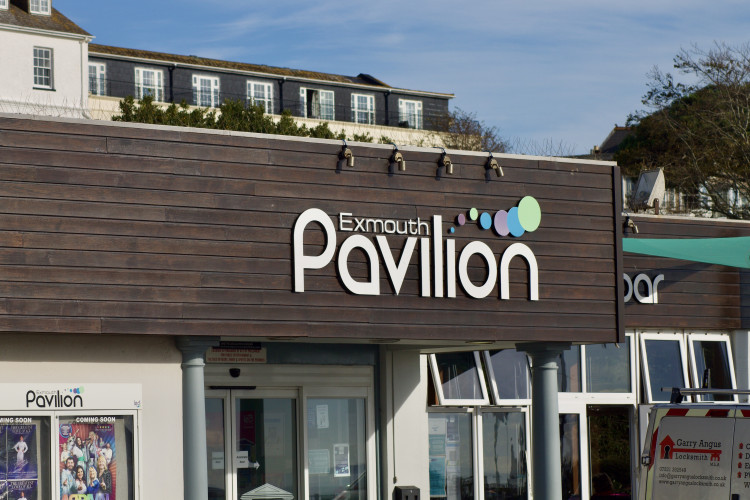
After leaving the Bath House and continuing along Queen's Drive we come to the Pavilion which has provided so much entertainment for the town.
It was first mooted in 1928, but councillors baulked at the designs and sheer cost of it.
The council then got its own surveyor to come up with the design we see today, and it was built in 1933.
Along Queen's Drive, we have now reached a suitable place to pause for another week and sit with a cup of tea or ice cream and admire the wonderful views out to sea.
As ever, more details can be found at Exmouth Museum or you can e-mail Mike at [email protected].
—————
Ed: This article is from Mike Menhenitt's Walking Through Exmouth History series. Use the links below to read previous articles:
Part One: The beginnings of Exmouth, from the Stone Age to the Bronze Age
Part Two: Exmouth in the Iron Age - and the arrival of the Celts
Part Three: Roman coins and Viking raids
Part Four: The impact of the Norman conquest, and how places in Exmouth got their names
Part Five: How Exmouth became a fashionable seaside resort in the 18th century
Part Six: How the docks brought prosperity to Exmouth - and then became the marina
Part Seven: The coming of the railway
Part Eight: Turnpikes, toll houses and inns in Exmouth
Part Nine: Jobs your ancestors had in the town through the ages
Part 10: The town's first museums - and the museum as it is today
Part 11: A horse-drawn fire engine and the history of Exmouth Museum
Part 12: The Rolle family
Part 13: Exmouth's cost-of-living crisis in the 19th century
Part 14: Clapp's Cafe and the development of the town centre
Part 15: The Exmouth woman who fought Napoleon
Part 16: Exmouth's connection to the wife of Lord Nelson
Part 17: Exmouth's connection to the wife of Lord Byron
Part 18: Exmouth's connection to Mary Anne Clarke, mistress of the Duke of York
Part 19: Going postal in Exmouth
Part 20: When The Maer was a golf course
Part 21: Clapp's Café
Part 22: Littleham Village
Part 23: A guide to Exmouth's churches
Part 24: Remembering Rolle College
Part 25: An open-air swimming pool, zoo and boating lake: How Exmouth's Esplanade used to look
CHECK OUT OUR Jobs Section HERE!
exmouth vacancies updated hourly!
Click here to see more: exmouth jobs
Share:




